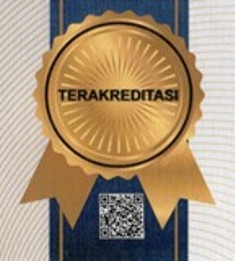A Review of Parametric and Physiographic Approaches Land Classification for Land Evaluation and Land Use Planning
DOI:
https://doi.org/10.24036/sjdgge.v2i2.168Keywords:
complexity of land, extend of land units, association of land units, comparative summary, advantages and disadvantages.Abstract
Knowledge of physical characteristics of land is fundamental for rational land evaluation and land use planning, both in developed and undeveloped regions. A review of two land classifications, parametric and physiographic approaches, is carried out. The parametric approach classifies on the basis of selected land attributes determined by land use or uses in question. Its employment may range from general purpose surveys which are considering many attributes, to classification on narrower basis for special purposes. The physiographic approach, on the other hand, classifies land rather than its specific attributes. Each land unit identified in this way is therefore considered to be relatively homogeneous in overall characters. Both approaches have had varying merits depending on the goal and circumstances of the land evaluation. On a detailed study required by most practical purposes, both approaches theoretically meet the requirements of land classification. Of both approaches, it was concluded that physiographic approach had the advantage of being rapidly implemented whereas, the parametric approach, whilst slower in use and applicable only in localized studies, yielded more reliable results. In reality, however, distinction between both approaches is not so clear-cut because they can be combined with advantage. Their advantages and disadvantages relative merits also be assessed in related to three problems of land classification: (1) complexity of land, (2). extent of land-units, and (3) associations of land-units. The two approaches are really not alternatives and can, in fact, be combined with profit, since the relative advantage of each varies with circumstances. Physiographic approach offers a possibility on more rapid survey at relatively low cost, as needed in most undeveloped regions. Its reliability is consistent for reconnaissance investigation and, with moderately close sampling, for semi-detailed surveys. It has an additional advantage of enabling a survey with diverse specialists. For a detailed survey, however, greater precision and reliability of parametric approach is preferable. In practice, therefore, both methods are best combined to reinforce each other.












